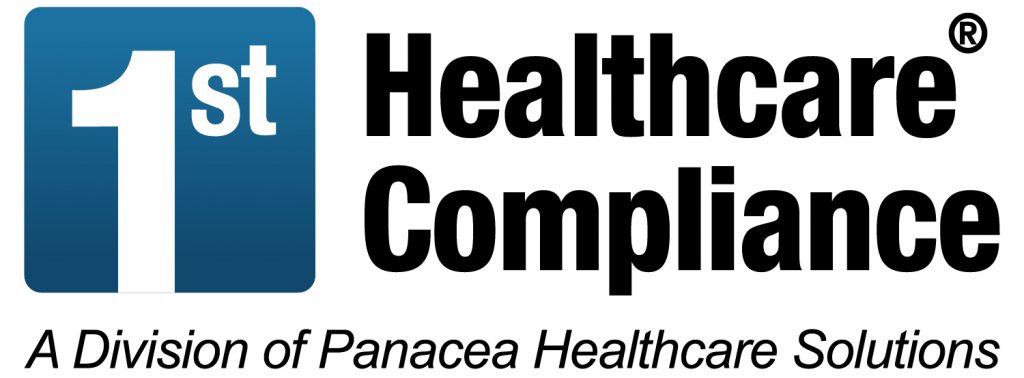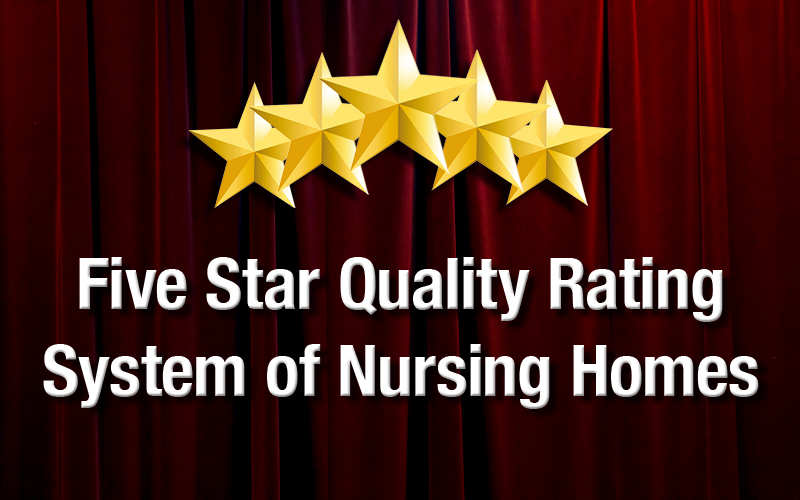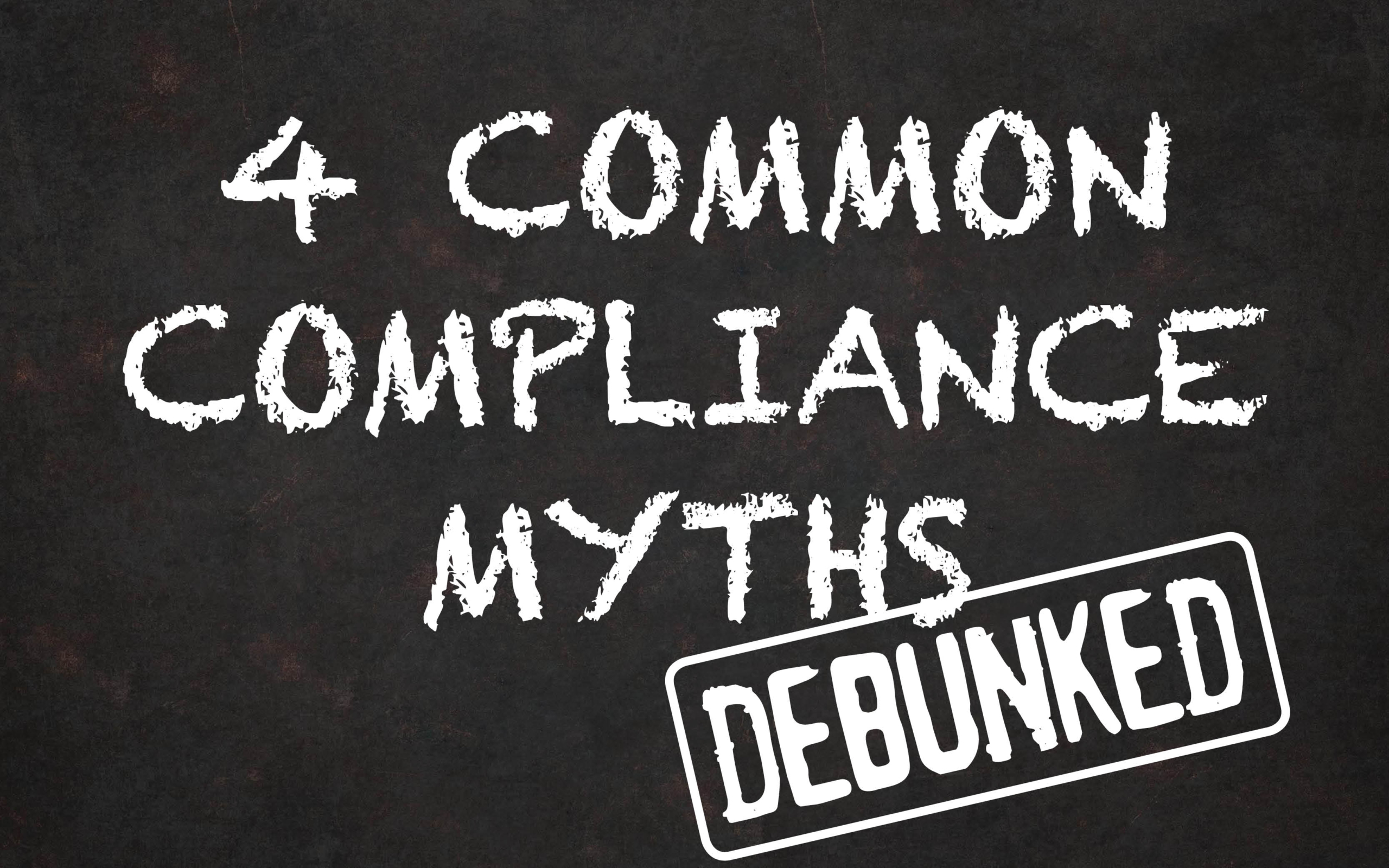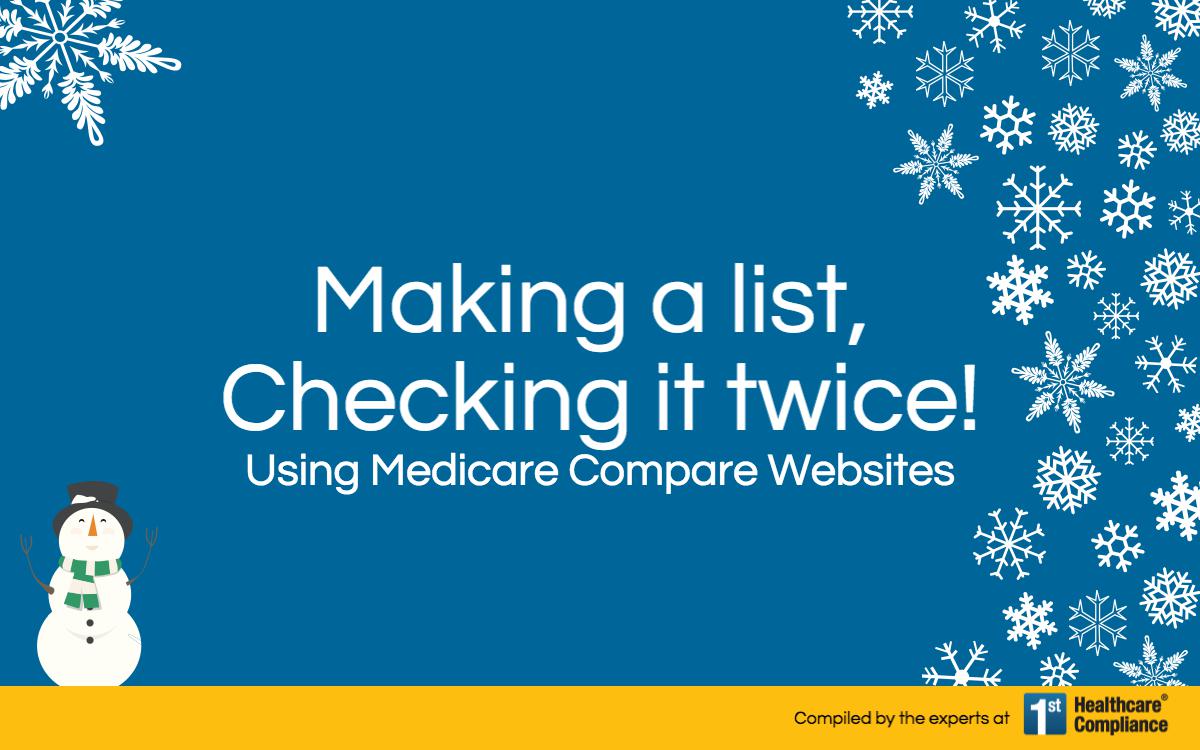Five Star Quality Rating System of Nursing Homes
The Center of Medicare and Medicaid Services’ (CMS) Nursing Home Compare website offers a Five-Star Quality Rating System to help consumers make informed decisions about nursing home choice based on quality. The top 10% of nursing homes in each state will receive a five-star rating and the lowest 20% will receive a one-star rating. In addition to detailing the calculation of the overall rating, CMS’ Nursing Home Compare Five-Star Quality Rating System: Technical Users’ Guide outlines the specifics for the individual ratings in 3 categories: health inspections, staffing and quality measures. Although the overall rating is comprised of these categories, it’s important to note that health inspections have the most impact.
Health Inspections
State health inspections are based on onsite inspections by trained inspectors who evaluate nursing homes on meeting the minimum Medicare and Medicaid quality requirements over the last 3 years. Inspections utilize standard as well as complaint surveys with the results being weighted for more recent findings.
Staffing
Staffing refers to the number of hours of care provided by a registered nurse (RN) and total staff (RN, licensed practical nurse and aide) to each resident per day. Nursing home residents with more severe debilitation will require more staff time and the staffing levels should reflect this additional need.
Quality Measures
Quality Measures (QM) ratings are based on performance in 16 out of 24 measures which include 9 long-stay measures and 7 short-stay measures.
As of July 2016, CMS added the following five new Quality Measures:
- Percentage of short-stay residents who were successfully discharged to the community (Medicare claims- and Minimum Data Set (MDS)-based
- Percentage of short-stay residents who have had an outpatient emergency department visit (Medicare claims- and MDS-based)
- Percentage of short-stay residents who were re-hospitalized after a nursing home admission (Medicare claims-and MDS-based)
- Percentage of short-stay residents who made improvements in function (MDS-based)
- Percentage of long-stay residents whose ability to move independently worsened (MDS-based)
A sixth new measure regarding anti-anxiety/hypnotic medication has not been utilized due to difficulty in setting measurable benchmarks.
The Overall Rating
To calculate the overall Five-Star Quality Rating, the health inspection rating sets the bar. In fact, if the health inspection rating is one-star, the overall rating can only be as high as two stars. The maximum overall rating is five stars.
Staffing and QM have a lesser degree of influence on the overall rating. For example, if a four or five-star rating is assessed for staffing and is greater than the health inspection rating, the overall rating will only be increased by one star. If there is a five-star rating for QM with a lesser rating for health inspection, then the overall rating will only increase by one star. Conversely, one star will be subtracted from the overall rating if only one star is given for QM and/or staffing.
Penalties
In the course of the evaluation process, significant nursing home deficiencies and associated fines will be noted on the Nursing Home Compare website. If no corrective action is taken, the nursing home may lose its Medicare and/or Medicaid certification and will no longer be able to house those beneficiaries.
Will consumers choose a nursing home with less than a five-star rating?
It appears many other immeasurable factors will influence the consumer’s choice. For example, the distance from the nursing home to the relatives or the provision of specialized care such as a dementia unit or rehabilitation facility may actually play a bigger role in the final decision than the overall quality rating.






